Themed collection Detecting food authenticity and integrity

Detecting food authenticity and integrity
Welcome to this joint Analyst and Analytical Methods themed collection on detecting food authenticity and integrity. Our Guest Editors for the collection, David I. Ellis and Royston Goodacre, discuss the work showcased.

Anal. Methods, 2016,8, 3281-3283
https://doi.org/10.1039/C6AY90015A
Genomics and taxonomy in diagnostics for food security: soft-rotting enterobacterial plant pathogens
Whole genome comparisons provide a quantitative, objective basis for taxonomic classification of bacterial pathogens important to food security.
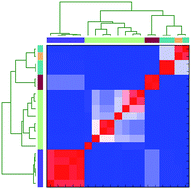
Anal. Methods, 2016,8, 12-24
https://doi.org/10.1039/C5AY02550H
The role of vibrational spectroscopy as a tool to assess economically motivated fraud and counterfeit issues in agricultural products and foods
One of the main food risks gaining attention from industry, governments, and standards-setting organizations is fraud conducted for economic gain by food producers, manufacturers, processors, distributors, or retailers.
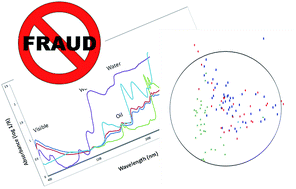
Anal. Methods, 2015,7, 9390-9400
https://doi.org/10.1039/C5AY01792K
Non-invasive sensing for food reassurance
The main food quality traits of interest using non-invasive sensing techniques are sensory characteristics, chemical composition, physicochemical properties, health-protecting properties, nutritional characteristics and safety. A wide range of non-invasive sensing techniques, from optical, acoustical, electrical, to nuclear magnetic, X-ray, biosensor, microwave and terahertz, are organized according to physical principle.
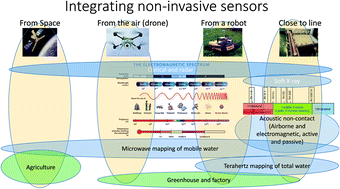
Analyst, 2016,141, 1587-1610
https://doi.org/10.1039/C5AN02152A
Measurement issues associated with quantitative molecular biology analysis of complex food matrices for the detection of food fraud
A review of measurement issues associated with quantitative molecular analysis of complex food matrices for the detection of food fraud.

Analyst, 2016,141, 45-61
https://doi.org/10.1039/C5AN01392E
Is food allergen analysis flawed? Health and supply chain risks and a proposed framework to address urgent analytical needs
Food allergy is an increasing problem. If we fail to realise the promise of current risk assessment and risk management of food allergens through lack of ability to measure them reproducibly and with traceability to an international unit of measurement, the analytical community will have failed a significant societal challenge.
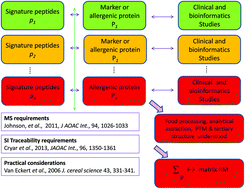
Analyst, 2016,141, 24-35
https://doi.org/10.1039/C5AN01457C
Point-and-shoot: rapid quantitative detection methods for on-site food fraud analysis – moving out of the laboratory and into the food supply chain
Major food adulteration and contamination events occur with alarming regularity and are known to be episodic, with the question being not if but when another large-scale food safety/integrity incident will occur.
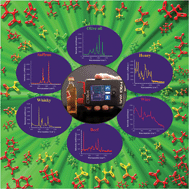
Anal. Methods, 2015,7, 9401-9414
https://doi.org/10.1039/C5AY02048D
Rapid, high-throughput, and quantitative determination of orange juice adulteration by Fourier-transform infrared spectroscopy
Orange juice is a hugely popular, widely consumed, and high price commodity typically traded in a concentrate form making it highly susceptible to adulteration.

Anal. Methods, 2016,8, 5581-5586
https://doi.org/10.1039/C6AY01480A
The effect of thermal processing on the behaviour of peanut allergen peptide targets used in multiple reaction monitoring mass spectrometry experiments
Identification of processing-stable targets provides important validation when developing targeted mass spectrometry methods for quantifying peanut allergens.
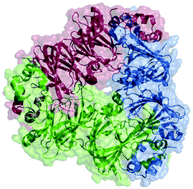
Analyst, 2016,141, 4130-4141
https://doi.org/10.1039/C6AN00359A
Ensemble-based support vector machine classifiers as an efficient tool for quality assessment of beef fillets from electronic nose data
Over the past years, the application of electronic nose devices has been investigated as a potential tool for assessing food freshness.
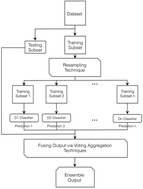
Anal. Methods, 2016,8, 3711-3721
https://doi.org/10.1039/C6AY00147E
Meat, the metabolites: an integrated metabolite profiling and lipidomics approach for the detection of the adulteration of beef with pork
Adulteration of high quality food products with sub-standard and cheaper grades is a world-wide problem taxing the global economy.
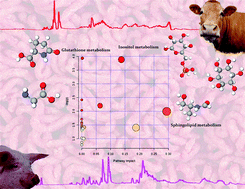
Analyst, 2016,141, 2155-2164
https://doi.org/10.1039/C6AN00108D
Multiplex surface plasmon resonance biosensing and its transferability towards imaging nanoplasmonics for detection of mycotoxins in barley
A 6-plex mycotoxin assay was developed on a portable nanostructured iSPR and compared with a benchmark double 3-plex SPR assay.
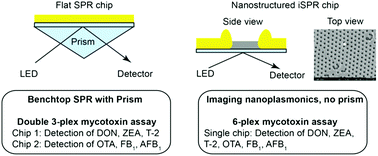
Analyst, 2016,141, 1307-1318
https://doi.org/10.1039/C5AN02512E
The comparison between reproducibility standard deviations from collaborative trials and proficiency tests: a preliminary study from food analysis
Reproducibility standard deviations from collaborative trials and from proficiency tests in the food analysis sector are compared and found to be closely similar over a wide range of mass fractions.
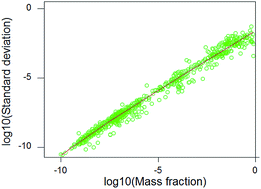
Anal. Methods, 2016,8, 742-746
https://doi.org/10.1039/C5AY02890F
Assessing potato chip oil quality using a portable infrared spectrometer combined with pattern recognition analysis
The objective of this study was to evaluate the performance of a portable FT-IR spectrometer equipped with a 5-bounce heated ZnSe crystal to develop classification methods for the authentication of potato chip frying oils and to generate prediction models for monitoring oil quality parameters for real-time and field-based applications.
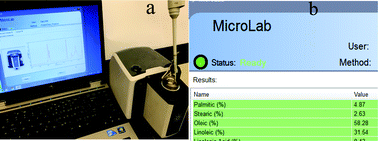
Anal. Methods, 2016,8, 731-741
https://doi.org/10.1039/C5AY02387D
A rapid genomic DNA extraction method and its combination with helicase dependent amplification for the detection of genetically modified maize
A simple, solvent-free extraction method for DNA facilitates the analysis for genetically modified organisms.
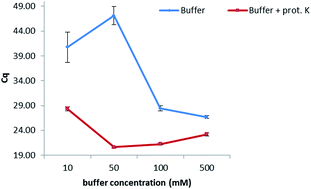
Anal. Methods, 2016,8, 136-141
https://doi.org/10.1039/C5AY02628H
Chicken, beams, and Campylobacter: rapid differentiation of foodborne bacteria via vibrational spectroscopy and MALDI-mass spectrometry
This study is focused on the rapid differentiation of multiple Campylobacter species down to sub-species level, which may provide critical information and knowledge of risk factors, virulence, and distribution of these major foodborne pathogens.
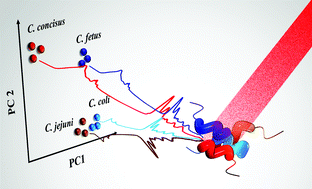
Analyst, 2016,141, 111-122
https://doi.org/10.1039/C5AN01945A
A silica coated paper substrate: development and its application in paper spray mass spectrometry for rapid analysis of pesticides in milk
A novel silica coated paper substrate has been developed, which demonstrated a high capacity for direct analysis of pesticides in paper spray mass spectrometry.
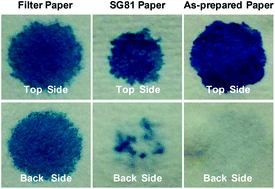
Analyst, 2015,140, 8048-8056
https://doi.org/10.1039/C5AN01823D
Performance improvement and single laboratory validation of classical qualitative methods for the detection of adulterants in milk: starch, chlorides and sucrose
Simple modifications in classical methods for detection of milk adulteration were validated with significant performance improvement.
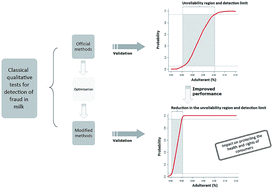
Anal. Methods, 2015,7, 9692-9701
https://doi.org/10.1039/C5AY01822F
A novel micellar chromatographic procedure for the determination of metanil yellow in foodstuffs
A novel method was developed to detect harmful colours and dyes, in spices and other edible foodstuffs.
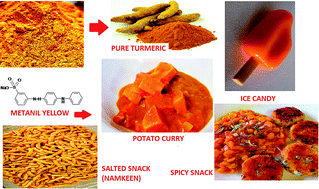
Anal. Methods, 2015,7, 9324-9330
https://doi.org/10.1039/C5AY02377G
Molecularly imprinted polymer-based chemiluminescence imaging assay for the determination of ethopabate residues in chicken muscle
A new molecularly imprinted polymer (MIP)-chemiluminescence (CL) method has been developed for the detection of ethopabate (ETP) residues in chicken muscle.
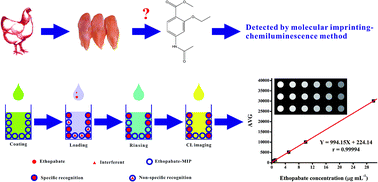
Anal. Methods, 2015,7, 9295-9303
https://doi.org/10.1039/C5AY01874A
A reliable and sensitive LCMS-IT-TOF method coupled with accelerated solvent extraction for the identification and quantitation of six typical heterocyclic aromatic amines in cooked meat products
A liquid chromatography-ion trap-time of flight tandem mass spectrometric assay coupled with accelerated solvent extraction was developed to identify and quantify six heterocyclic aromatic amines.
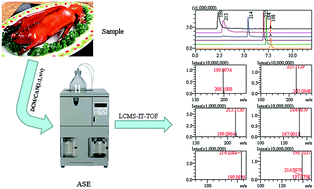
Anal. Methods, 2015,7, 9274-9280
https://doi.org/10.1039/C5AY01236H
Benzimidazole and imidazole fungicide analysis in grape and wine samples using a competitive enzyme-linked immunosorbent assay
Standard curves of the carbendazim, imazalil and thiabendazole immunoassays in a white wine matrix and the IC50 values for the three immunoassays.
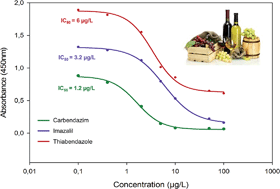
Anal. Methods, 2015,7, 9158-9165
https://doi.org/10.1039/C5AY01048A
Monoclonal antibody-based cross-reactive sandwich ELISA for the detection of Salmonella spp. in milk samples
An immunogen consisting of Salmonella lipopolysaccharide and bovine serum albumin was prepared by periodate oxidation.
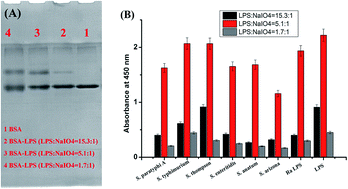
Anal. Methods, 2015,7, 9047-9053
https://doi.org/10.1039/C5AY01923K
Development of a real-time PCR approach for the relative quantitation of horse DNA
Figure illustrating the basic processing steps required to identify and quantify potential horse meat adulteration.
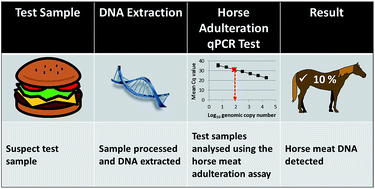
Anal. Methods, 2015,7, 8590-8596
https://doi.org/10.1039/C5AY01867F
Assessment of the fitness for purpose utilisation of 5-hydroxymethyl-2-fufural quantification analysis in FAPAS proficiency tests
A new protocol for HMF proficiency test assessment is suggested by combining all spectrophotometric and HPLC data and applying Horwitz.
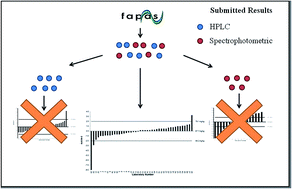
Anal. Methods, 2015,7, 7995-8003
https://doi.org/10.1039/C5AY01851J
Hyperspectral imaging in tandem with multivariate analysis and image processing for non-invasive detection and visualization of pork adulteration in minced beef
Pork adulteration in minced beef was detected for the first time using a hyperspectral imaging (HIS) technique.

Anal. Methods, 2015,7, 7496-7502
https://doi.org/10.1039/C5AY01617G
In situ SERS detection of multi-class insecticides on plant surfaces
An in situ SERS method was developed to detect insecticides on plant surfaces.
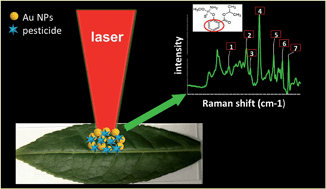
Anal. Methods, 2015,7, 6325-6330
https://doi.org/10.1039/C5AY01058F
Integration of colorimetric and SERS detection for rapid screening and validation of melamine in milk
Herein, we developed a novel method which integrated two gold nanoparticle (Au NP) based techniques, colorimetric and surface enhanced Raman spectroscopic (SERS) analyses, for rapid screening and validation of melamine in milk.
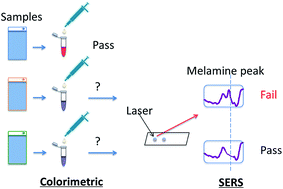
Anal. Methods, 2015,7, 6426-6431
https://doi.org/10.1039/C5AY00955C
Development of an enzyme-linked immunosorbent assay (ELISA) for natamycin residues in foods based on a specific monoclonal antibody
An indirect competitive enzyme-linked immunosorbent assay (ic-ELISA) was developed based on a sensitive and specific monoclonal antibody (mAb) against natamycin (Nata) for Nata detection in milk, juice, yoghurt, and cheese samples.
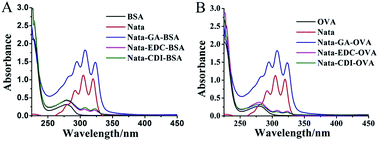
Anal. Methods, 2015,7, 3559-3565
https://doi.org/10.1039/C5AY00404G
Ultraviolet spectroscopy and supervised pattern recognition methods for authentication of transgenic and non-transgenic soybean oils
The authentication of transgenic and non-transgenic soybean oils was performed by using UV spectroscopy and PLS-DA.
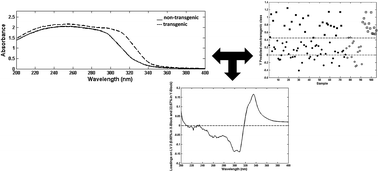
Anal. Methods, 2015,7, 9702-9706
https://doi.org/10.1039/C5AY02440D
About this collection
Welcome to this joint Analyst and Analytical Methods themed collection showcasing the latest discoveries and developments in detecting food authenticity and integrity; including the analysis and detection of food fraud, contamination, adulteration and spoilage. The collection has been Guest Edited by Professor Roy Goodacre and Dr David Ellis at The University of Manchester.